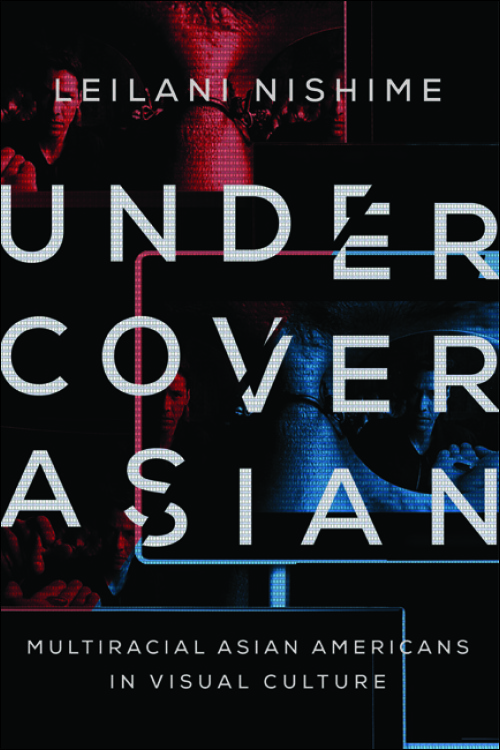Black Identity and Racism Collide in BrazilPosted in Articles, Brazil, Caribbean/Latin America, History, Identity Development/Psychology, Media Archive, Social Science on 2014-06-18 08:13Z by Steven |
Black Identity and Racism Collide in Brazil
The Root
2014-06-17
The country’s complex history with race gains the spotlight as the World Cup attempts to address the recent wave of racist attacks against black players.
Before teams representing their countries from around the world arrived in Brazil, the country’s president, Dilma Rousseff, took the opportunity to label 2014 the “anti-racism World Cup.”
The declaration came after a wave of racist incidents in soccer around the world targeting black players, many of whom are Brazilian. While it’s a well-intentioned gesture and a particularly important one for a World Cup being hosted in the country that’s home to the largest population of people of African descent outside of Africa, Brazil has a complex past and present when it comes to race.
That complexity can perhaps best be illustrated by the fact that many black Brazilians don’t think of themselves as black. Brazilian soccer star Neymar is a great example. Asked during an interview in 2010 if he had ever experienced racism, his response was, “Never.” He added, “Not inside nor outside of the soccer field. Even more because I’m not black, right?”
This denial of blackness may seem confusing to many Americans, because despite his long, straightened and occasionally blond hair, Neymar is clearly black. (Take a look at a picture of young Neymar with his family.) But for Brazilians, being black is very different from what it is in the United States.
“The darker a person is in Brazil, the more racism she or he is going to suffer. Light-skinned black people don’t identify as black most of the time,” says Daniela Gomes, a black Brazilian activist who is currently pursuing a doctorate in African Diaspora studies at the University of Texas. “A lot of people choose to deny their blackness. They don’t believe they are black, but they suffer racism without knowing why.”
Gomes calls it a “brainwash” that Brazilians go through in a country that likes to hold itself up as a model for racial harmony. But she also points to differences in the histories of the United States and Brazil. “We never had segregation, we never had the one-drop rule, we never had those kinds of things that are so normal for an African American,” she said. “What happened in Brazil was the opposite.”
Integration and miscegenation were actually government policy in Brazil. Around the time that slaves were freed, in 1888, the government sought to whiten its population through the importation of European immigrants. This idea was made law by Decree 528 in 1890 and opened the country’s borders to foreign immigrants, except for those from Africa and Asia…
Read the entire article here.

